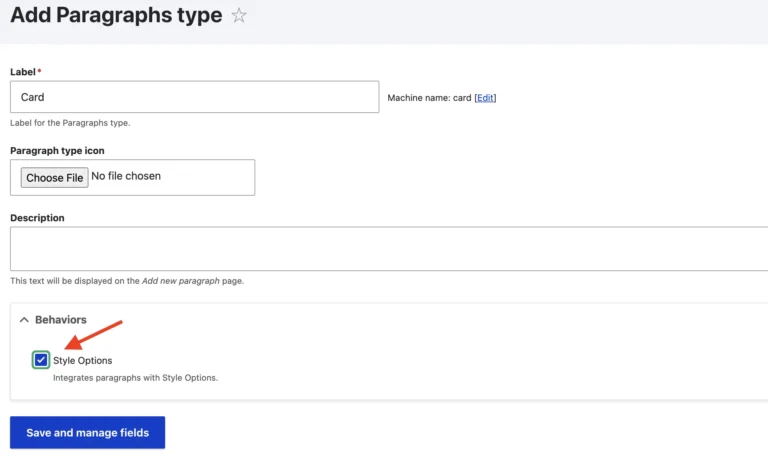The defacement is not stored and is only present when the URL has been crafted for that purpose. Only the defacement is present, so no other site content (such as branding) is rendered.By generating and tricking a user into visiting a malicious URL, an attacker can perform site defacement.
Similar Posts

cPanel Vulnerability Report: No Actions Required by Default | cPanel
Your security is of utmost importance to us, and we will continue to monitor this situation closely. Rest assured, our team is dedicated to keeping your hosting environments secure and up-to-date. No Action…

The Drop Times: 30 Drupal AI Framework and Integration Modules You Should Know
30 Drupal AI Framework and Integration Modules You Should Know Drupal Slack. Featured You May Like You may also like Note: The vision of this web portal is to help promote news and…

Mario Hernandez: Customizing Drupal Paragraph types with Style options
Our main goal is to create a tool that site builders love, with an amazing out-of-the-box experience. By integrating key features from Paragraphs, we also aim to create a unified solution that reduces…

Identity Firewalls: The New Frontier In Security
In short, securing access for the modern enterprise has become, to put it bluntly, a mess. With a multitude of users and accounts spread across a variety of environments and systems – including…

The Most Important Stages and Plugins for WordPress Website Development
The Most Important Stages and Plugins for WordPress Website Development Developing a WordPress website requires careful planning, execution, and optimisation to ensure it is functional, user-friendly, and effective. The process can be broken…

The 8 Best Portfolio Website Builders
Fabrik is specialized for creatives needing to showcase visual work, with a focus on high-quality templates and intuitive tools for building visually stunning portfolios. Like many freemium tools, there are limited features to…
